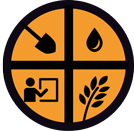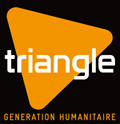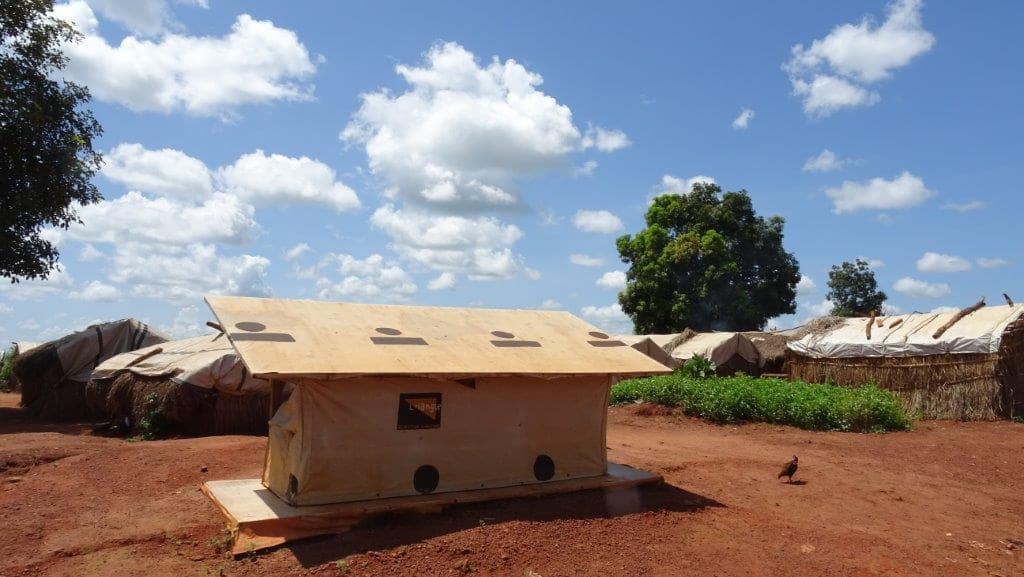AREA OF EXPERTISE

Multisectoral

AREA OF EXPERTISE

Multisectoral
FUNDING
In October 2017, the Ouaka remains the prefecture with the largest number of internally displaced people - 94,137 according to the July 2017 report of the Commission on Population Movement (CMP) - most of whom have settled in Bambari (in or around the city) and in the city of Ngakobo. The 2017-2019 Humanitarian Response Plan classifies the Ouaka as a priority area for emergency humanitarian aid, with displaced populations living in very precarious conditions, whether in terms of WASH or education and protection.
The arrival of displaced people significantly increased the school population in Bambari (16,000 additional children between 2013 and early 2017). According to TGH estimates, 65% of displaced children of primary school age do not have access to primary education.

Bore hole PK8 - November 2017
TGH selected 10 schools close to the city centre, which have the highest rate of displaced children (between 17% and 76%). Some of these schools are being built or renovated, half of them benefit from health infrastructure reinforcement and all are provided with teaching materials that meet the Central African minimum standards for education and the INEE minimum standards for education (Minimum Standards for Education: Preparation, Intervention, Recovery). All teachers are supported by teams of educators/facilitators who will take care of groups of pupils in order to lighten overcrowded classrooms and absorb the arrival of new displaced children.
As child protection is an integral part of education in emergencies, training is also provided to teachers and State actors to enable them to master the various tools related to protection, and to ensure that children made vulnerable by the crisis have full access to their rights.
TGH also works in the Water, Hygiene and Sanitation (WASH) sector by rehabilitating wells and developing springs to increase the presence of sustainable water points and thus ensure sustainable access to drinking water. Water-trucking remains to this day essential to cover the needs of displaced populations in the camps and in host families. Actions are also being carried out to extend the operation of the Bambari water treatment unit, the operation of six boreholes equipped with submersible pumps in IDP camps and in the districts of Bambari. The coverage of the sanitation needs of displaced populations continues through the maintenance of the emergency sanitary areas park and the replacement of tarpaulins with local materials, accepted by the population and easy to obtain. Superstructures thus become more resilient, and local economy is boosted. TGH calls on the community to provide a proportionate share of the cladding required for construction.
Concurrently, in collaboration with health centres, TGH ensures the implementation of hygiene awareness sessions targeting displaced populations, especially women and children.
Finally, TGH has set up a contingency plan in the WASH sector, to take into account the volatility of the context in the Ouaka and neighbouring prefectures.